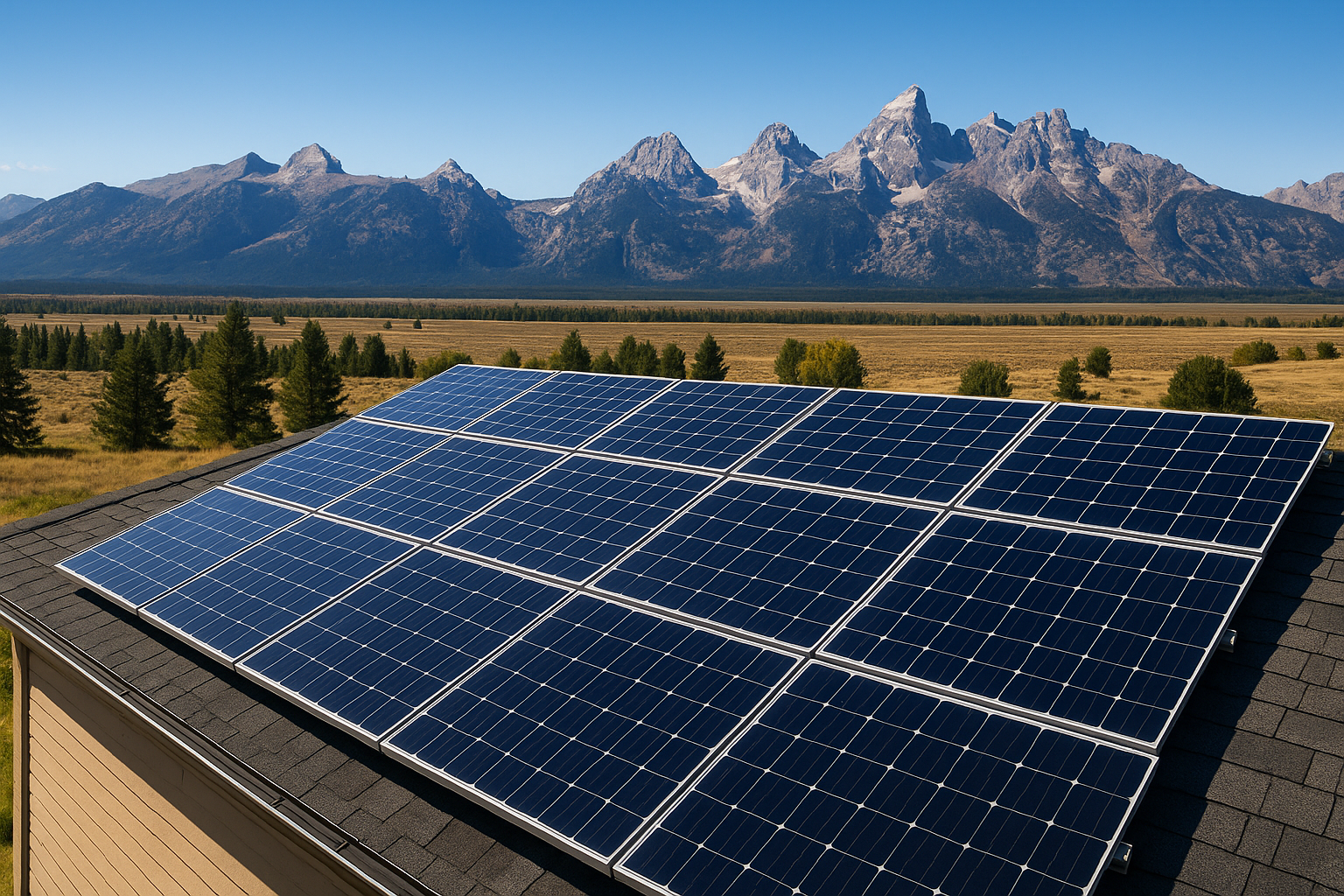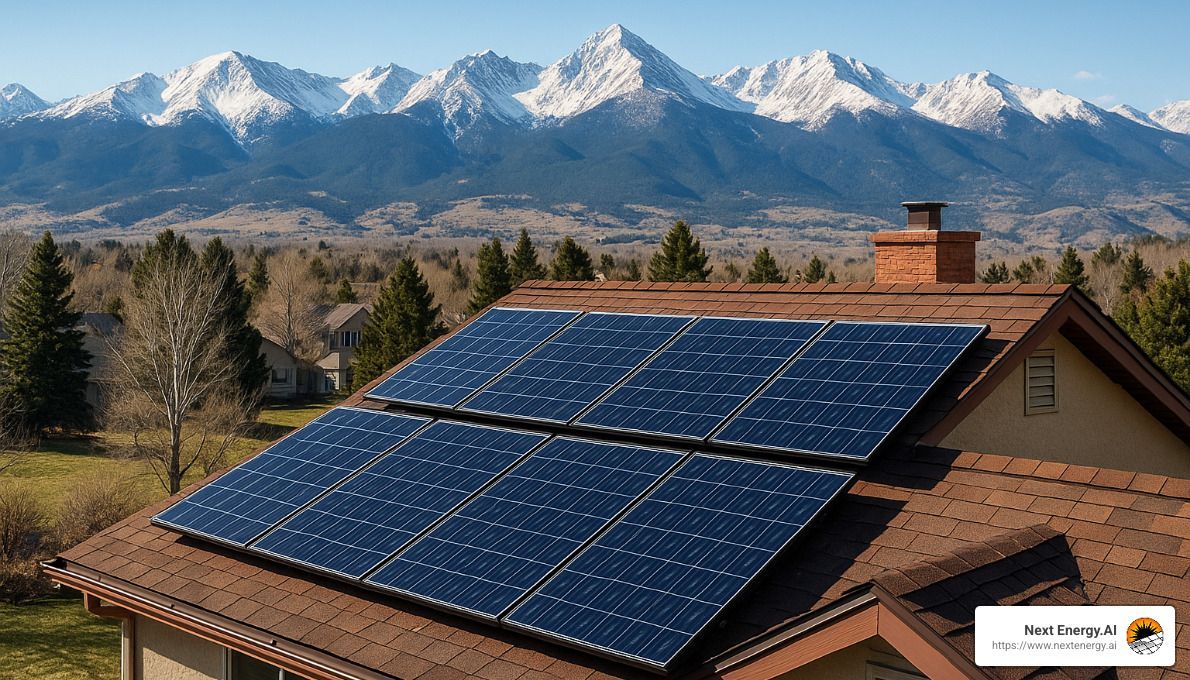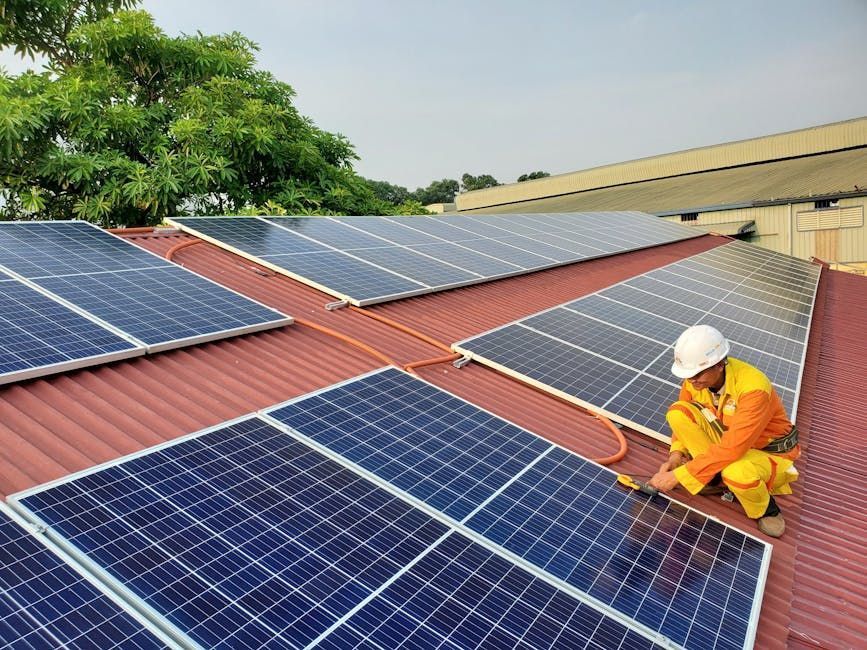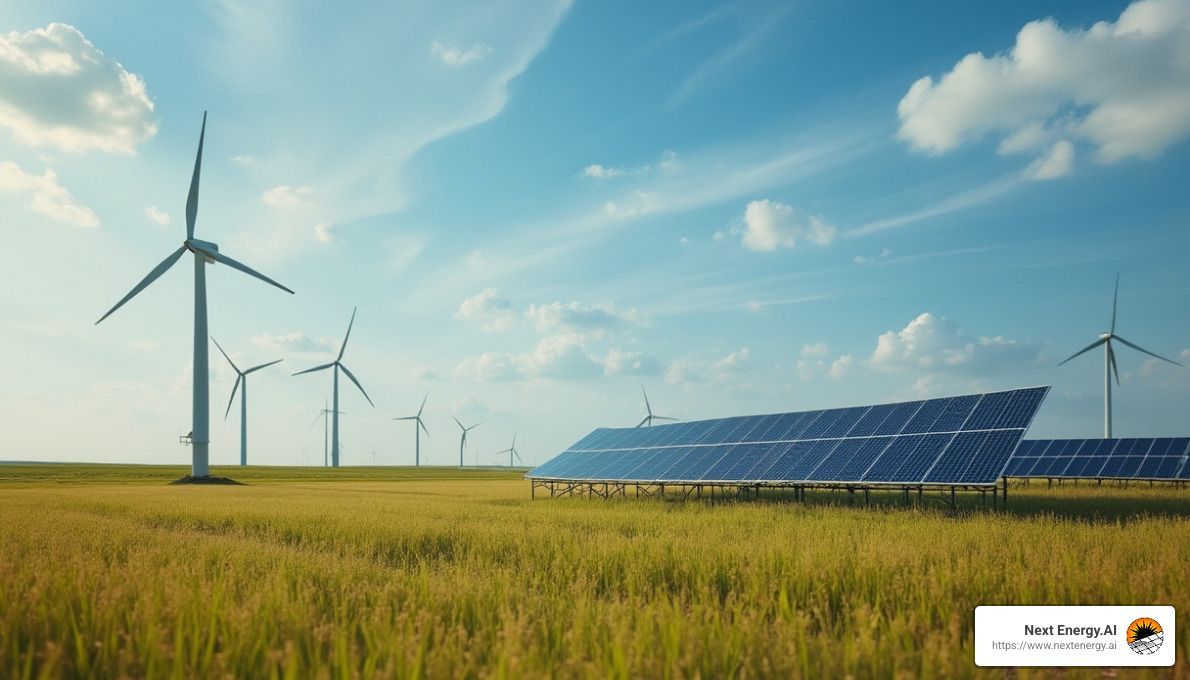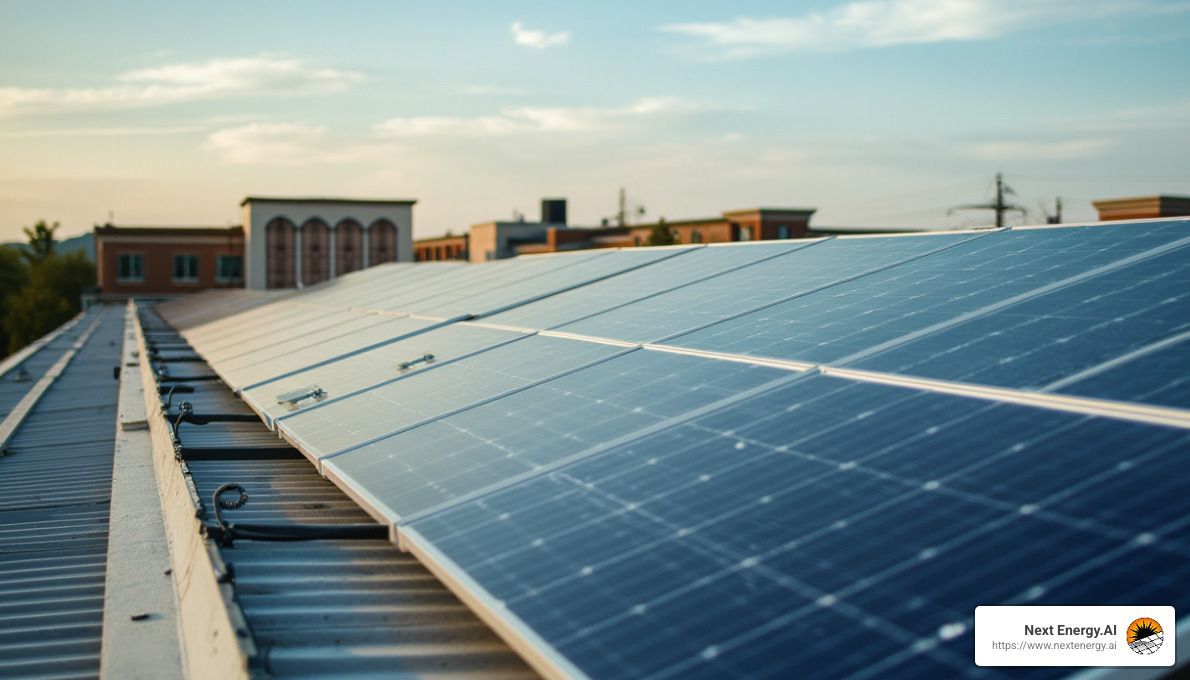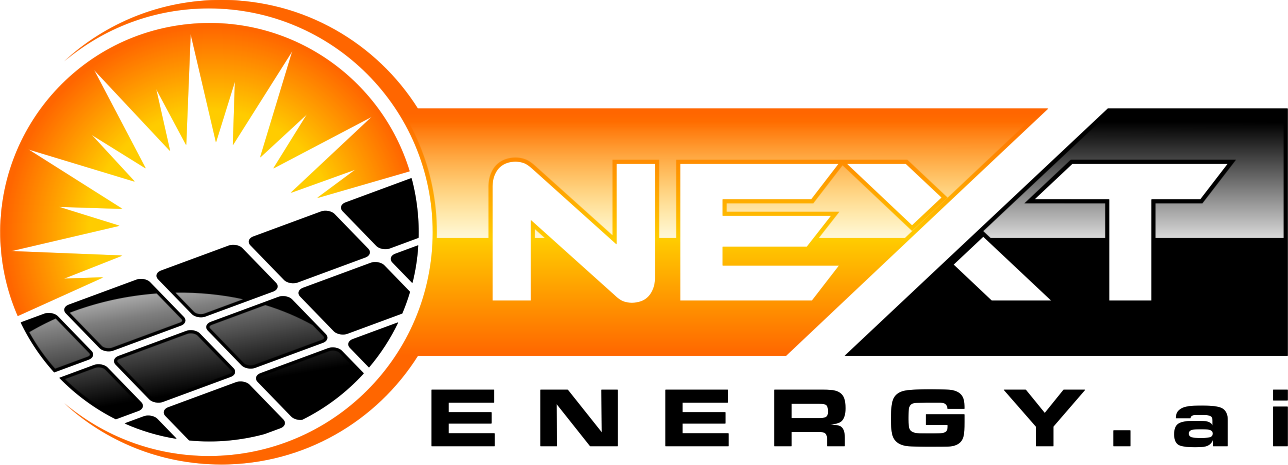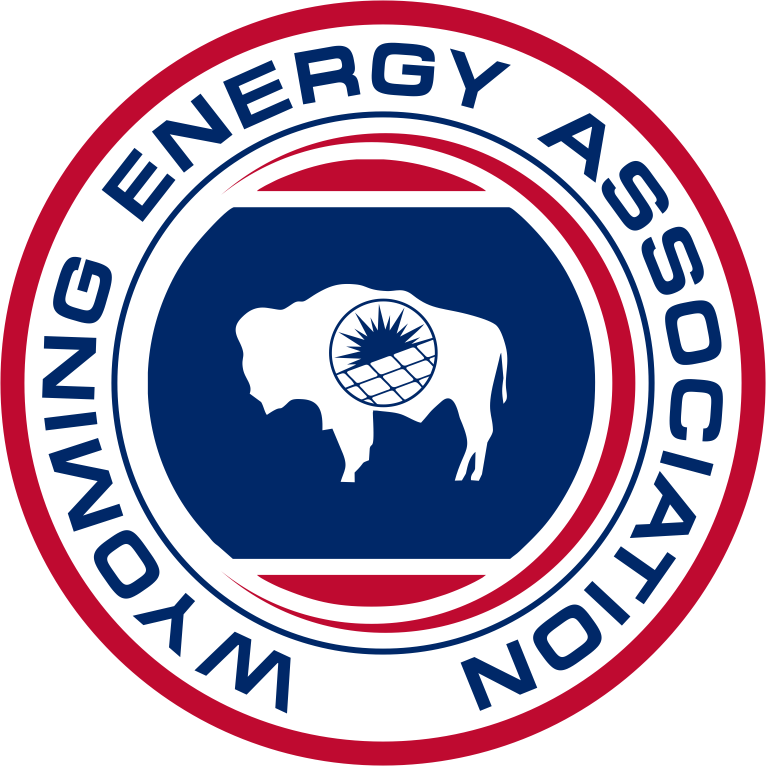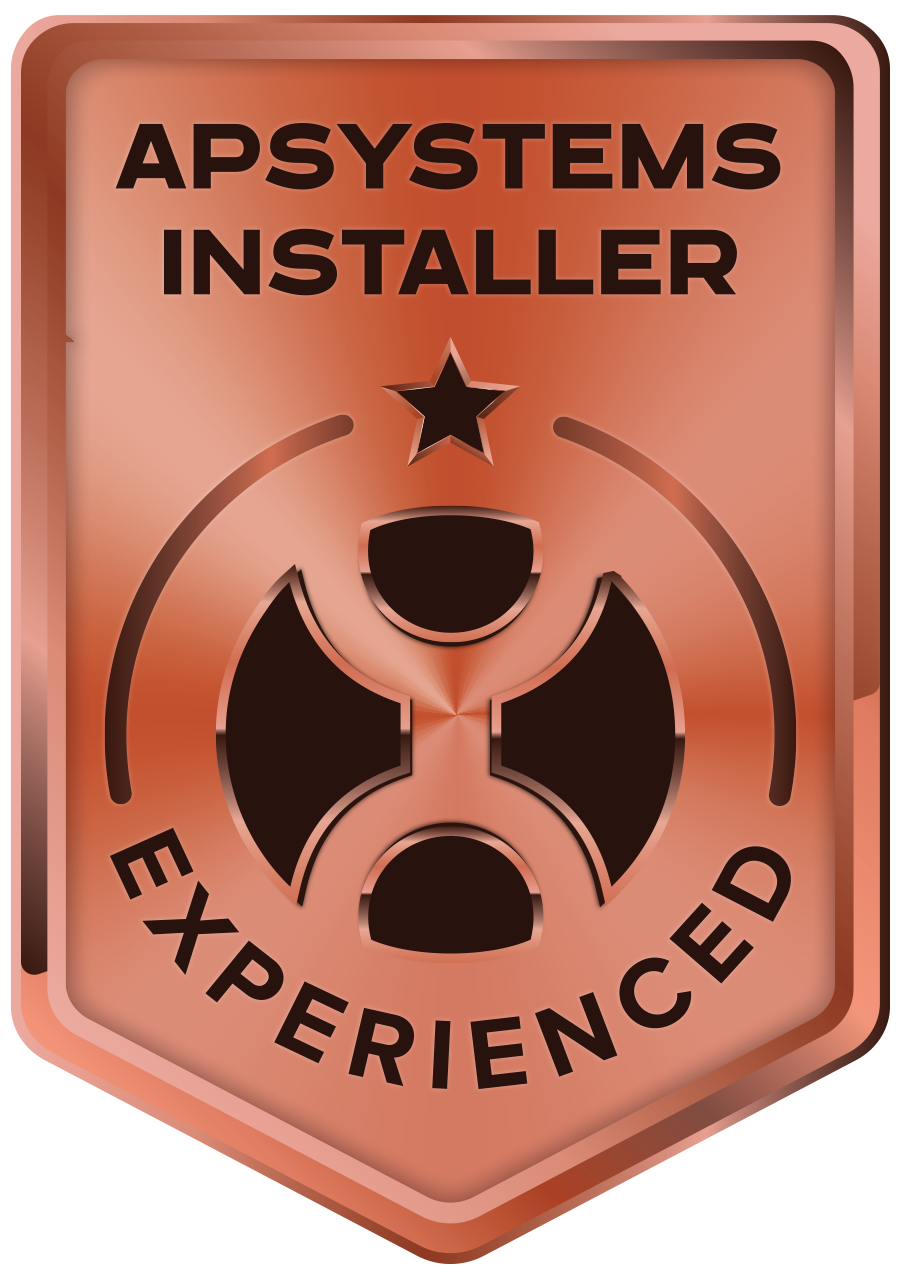The Power of Monitoring: Reviews of Leading Devices
Power monitoring is crucial for optimizing energy consumption and ensuring the reliability of electrical systems, particularly in eco-conscious homes aiming to reduce energy bills and carbon footprints. By tracking voltage, current, and frequency, homeowners can identify equipment performance issues and manage energy usage efficiently.
- Understand asset health: Detect mechanical problems or component wear.
- Improve energy management: Monitor consumption patterns over time.
- Increase safety: Ensure power quality meets standards.
Power monitoring simplifies decision-making for energy management, helping you forecast and prevent potential electrical problems. It also plays a vital role in integrating smart home features with solar solutions, making homes not just energy-efficient but also future-ready.
I'm Spencer Gordon, CEO of Next Energy.AI. With a background in renewable energy and experience in photovoltaics and renewable energy systems, I understand the significance of power monitoring. My goal is to help homeowners achieve a seamless transition to sustainable energy use.
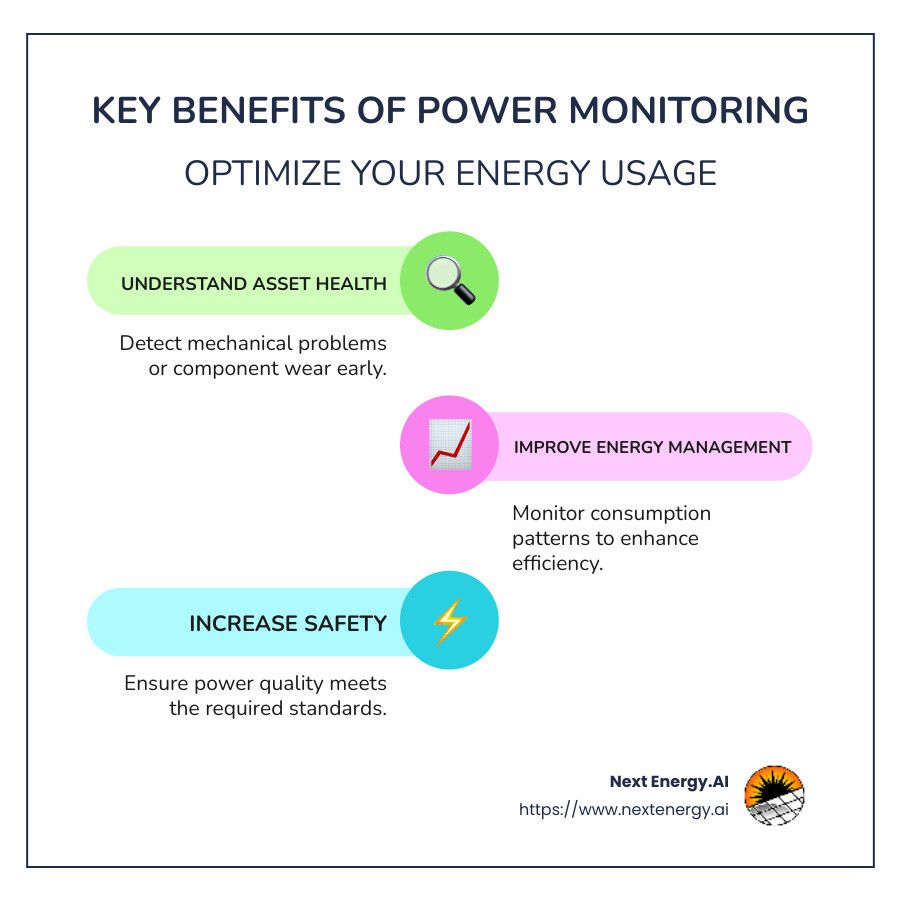
Understanding Power Monitoring Systems
Power monitoring systems are essential tools for managing how energy flows through your home or business. They allow you to see what's happening with your electricity in real-time and help you make smarter choices about energy use.
Key Components of Power Monitoring Systems
- Energy Distribution: A power monitoring system tracks how energy is distributed across various devices and systems. This helps in understanding which devices consume the most energy and at what times. By knowing this, you can adjust your usage to save energy and cut costs.
- Power Quality: It's not just about how much power you use, but the quality of that power. Poor power quality can lead to equipment failures and inefficiencies. Monitoring systems can detect issues like Total Harmonic Distortion (THD), which indicates potential power problems that could affect your appliances and devices.
Why Power Quality Matters
Power quality is crucial because it impacts the lifespan and efficiency of your devices. For instance, if the voltage fluctuates too much, it can cause wear and tear on your appliances, leading to early breakdowns. Monitoring systems help ensure that the power supplied meets the required standards, thus protecting your investments.
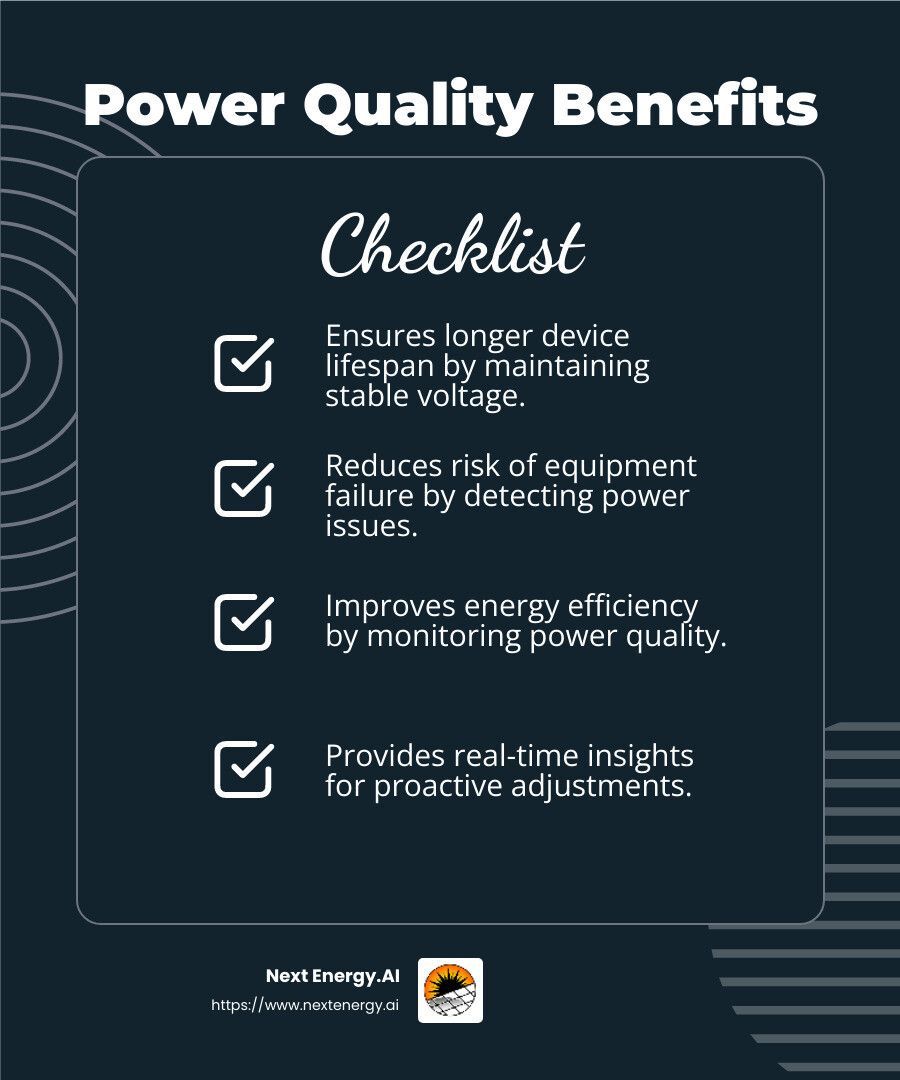
Benefits of a Power Monitoring System
- Real-Time Insights: Get immediate feedback on your energy flow, helping you make quick adjustments.
- Prevent Equipment Damage: By ensuring power quality, you reduce the risk of damage to your devices.
- Improved Energy Management: With detailed insights, you can better plan and manage your energy usage, leading to cost savings.
In conclusion, understanding and utilizing a power monitoring system is key to optimizing your energy distribution and maintaining high power quality. This not only ensures the safety and longevity of your electrical devices but also supports sustainable energy management practices.
Next, we'll dive into the leading power monitoring devices available today and how they can further improve your energy management strategies.
Top Benefits of Power Monitoring
Power monitoring offers a multitude of advantages that can significantly improve both your energy efficiency and the health of your assets. Let's explore some of the key benefits:
Condition Monitoring
One of the standout benefits of power monitoring is the ability to conduct condition monitoring. By examining voltage, current, and frequency in your electrical systems, you can detect mechanical problems or component wear in assets. For example, a change in power consumption or load could indicate issues like dirty fans or buildup in pump orifices. This proactive approach allows you to address problems before they escalate, saving both time and money on repairs.
Asset Health
Monitoring power variables gives you a window into the health of your assets. By tracking energy consumption patterns, you can visualize how well your equipment is functioning. This can lead to smarter reliability strategies. For instance, if a motor shows unusual power usage, it may be a sign of underlying mechanical issues that need attention. This insight helps in extending the lifespan of your equipment and optimizing performance.

Energy Consumption
Another significant benefit is the ability to manage and reduce energy consumption. By using one tool for multiple measurements, you can find patterns in energy use and make informed decisions to cut down on unnecessary consumption. This not only leads to cost savings but also contributes to a more sustainable and eco-friendly operation.
Moreover, Total Harmonic Distortion (THD) is a critical factor in assessing power quality. High THD levels can indicate potential power problems that might affect your equipment and operations. By ensuring that the energy running to your assets meets specifications, you protect them from damage and maintain operational efficiency.
In summary, power monitoring is not just about keeping tabs on energy use. It's a comprehensive approach to enhancing asset health, ensuring efficient energy consumption, and ultimately saving costs. Next, we'll explore some of the leading power monitoring devices that can help you achieve these benefits.
Leading Power Monitoring Devices
When it comes to power monitoring, choosing the right devices is crucial for gaining insights into your energy use and enhancing efficiency. Let's explore some of the top devices available today:
Smart Energy Monitors
Smart energy monitors are like the all-seeing eye of your home's energy consumption. They provide real-time data on how much electricity your entire home is using. Devices like the EMPORIA Gen 3 Smart Home Energy Monitor offer features such as circuit-level sensors that allow you to monitor specific appliances or areas in your home. This level of detail helps in identifying energy hogs and optimizing usage.
These monitors often come with user-friendly apps, enabling you to track your energy consumption from anywhere. They integrate seamlessly with smart home systems like Google Home or Amazon Alexa, making it even easier to manage your energy use.
Plug Load Monitors
If you're looking to monitor specific devices, plug load monitors are your go-to option. These handy gadgets plug directly into your outlets, allowing you to measure the power consumption of individual appliances.
For example, the Govee Smart Plug with Energy Monitoring can track electricity usage for devices like TVs, refrigerators, or heaters. With features like timer settings and remote control, you can easily manage when your devices are on or off, effectively reducing phantom loads and saving on electricity bills.
3-Phase Power Monitoring Devices
For businesses or homes with more complex electrical systems, 3-phase power monitoring devices are essential. These devices are designed to handle the intricacies of three-phase electrical systems, which are often used in industrial settings or large buildings.
An example is the AC 80-260V 100A LCD Digital Display Multi-Function Power Monitor. It provides detailed readings of voltage, current, frequency, and power factor, helping you ensure that your energy supply is balanced and efficient. By monitoring these variables, you can detect potential issues before they cause significant problems, ensuring the smooth operation of your equipment.
Incorporating these power monitoring devices into your energy management strategy can lead to substantial savings and efficiency improvements. Whether you're looking to monitor a single appliance or an entire building, there's a device out there to meet your needs.
Next, we'll explore how to effectively monitor electricity usage to maximize these benefits.
How to Monitor Electricity Usage Effectively
Monitoring electricity usage effectively can help you save money and reduce your carbon footprint. Here are some tools and techniques to help you get started:
Electricity Usage Monitors
Electricity usage monitors are essential tools for tracking how much power your devices consume. These monitors provide real-time data and insights into your energy consumption patterns. By understanding how much energy each appliance uses, you can make informed decisions about where to cut back or optimize.
Key Features:
- Real-time tracking: See exactly how much electricity you're using at any given moment.
- Historical data: Review past usage to identify trends and potential savings.
- Alerts and notifications: Get notified when your usage is higher than usual, helping you take action quickly.
Plug-In Monitors
Plug-in monitors are perfect for those who want to monitor specific appliances. These devices plug directly into the wall outlet, and then you plug your appliance into the monitor. They measure the energy consumption of that single device, giving you detailed insights.
Benefits of Plug-In Monitors:
- Device-specific insights: Focus on the appliances that consume the most energy.
- Easy installation: Simply plug them in and start monitoring.
- Cost-effective: Identify and reduce phantom loads (energy used by devices when they're turned off but still plugged in).
Energy Insights
Gaining insights into your energy usage is crucial for making smarter energy decisions. Many modern devices and apps provide detailed reports and recommendations based on your usage patterns.
How to Gain Energy Insights:
- Use smart apps: Apps like Sense or those provided with smart energy monitors offer personalized insights and tips for reducing consumption.
- Set goals: Track your progress towards reducing energy consumption and lowering your bills.
- Compare usage: See how your energy usage stacks up against similar homes or businesses to identify areas for improvement.
With these tools and strategies, you can take control of your energy usage and make more informed decisions about how to reduce consumption and save money. Next, we'll dive into frequently asked questions about power monitoring to address common queries and concerns.
Frequently Asked Questions about Power Monitoring
What is a power monitoring system?
A power monitoring system is like a set of eyes and ears for your electricity use. It helps you track how much power your facility consumes. These systems use power metering devices to collect data on energy usage, providing insights into how electricity is distributed and consumed across different areas.
Key Benefits:
- Facility power consumption tracking: Understand where and how energy is used in your building.
- Improved energy management: Identify inefficiencies and optimize energy distribution.
- Improved decision-making: Use data to make informed decisions about energy-saving measures.
How can I monitor electricity usage?
Monitoring electricity usage is easier than ever with tools like electricity usage monitors. These devices help you understand how much energy your appliances use, often measured in kilowatt-hours (kWh). Here's how you can start:
- Install a plug-in monitor: Simply plug it into an outlet and connect your appliance. It will display real-time energy use.
- Use a smart energy monitor: These devices connect to your electrical panel and provide detailed insights into your entire home's energy usage.
- Review energy bills: Look for patterns and spikes in your energy consumption that might indicate areas to focus on.
What is the difference between a smart meter and an energy monitor?
Both smart meters and energy monitors help track electricity usage, but they serve slightly different purposes:
- Smart Meters: Installed by utility companies, these meters provide automatic, remote readings of your home's total energy use. They offer granular insights into your consumption patterns and help utilities manage the grid more effectively.
- Energy Monitors: These are typically user-installed devices that provide detailed insights into specific appliances or circuits. They offer more granular data to help you understand which devices are consuming the most power and where you can cut back.
Key Differences:
- Installation: Smart meters are installed by utilities, while energy monitors can be installed by homeowners.
- Data granularity: Energy monitors often provide more detailed appliance-level data, while smart meters give a broader view of total consumption.
- Purpose: Smart meters are used for billing and grid management, whereas energy monitors are for personal energy management and savings.
Understanding these tools can empower you to manage your energy use more effectively, leading to potential cost savings and a reduced carbon footprint.
Conclusion
As we wrap up our exploration of power monitoring, it becomes clear that understanding and optimizing energy use is more important than ever. At Next Energy.AI, we're dedicated to helping you harness the full potential of solar energy with our AI-improved solutions. Our goal is to transform traditional solar panels into smart, energy management systems that not only capture the sun's power but also use it more efficiently.
Our innovative approach leverages advanced AI to provide real-time insights into your energy consumption. This means you can make smarter decisions about how and when to use electricity, leading to optimized energy usage and cost savings. By integrating AI with solar technology, we're not just generating power; we're revolutionizing how it's managed.
Why Next Energy.AI?
- AI-Improved Solar Solutions: Our systems learn from your energy patterns and adjust accordingly, ensuring maximum efficiency.
- Optimized Energy Usage: With precise data, you can reduce waste and lower your electricity bills.
- Sustainable Future: By choosing our solutions, you contribute to a cleaner, greener planet.
Join us in embracing the future of energy management. Let Next Energy.AI empower you with tools that make a difference. For more information on how we can help you optimize your energy use, visit our services page.
Together, let's create a world where energy is used wisely and sustainably.



